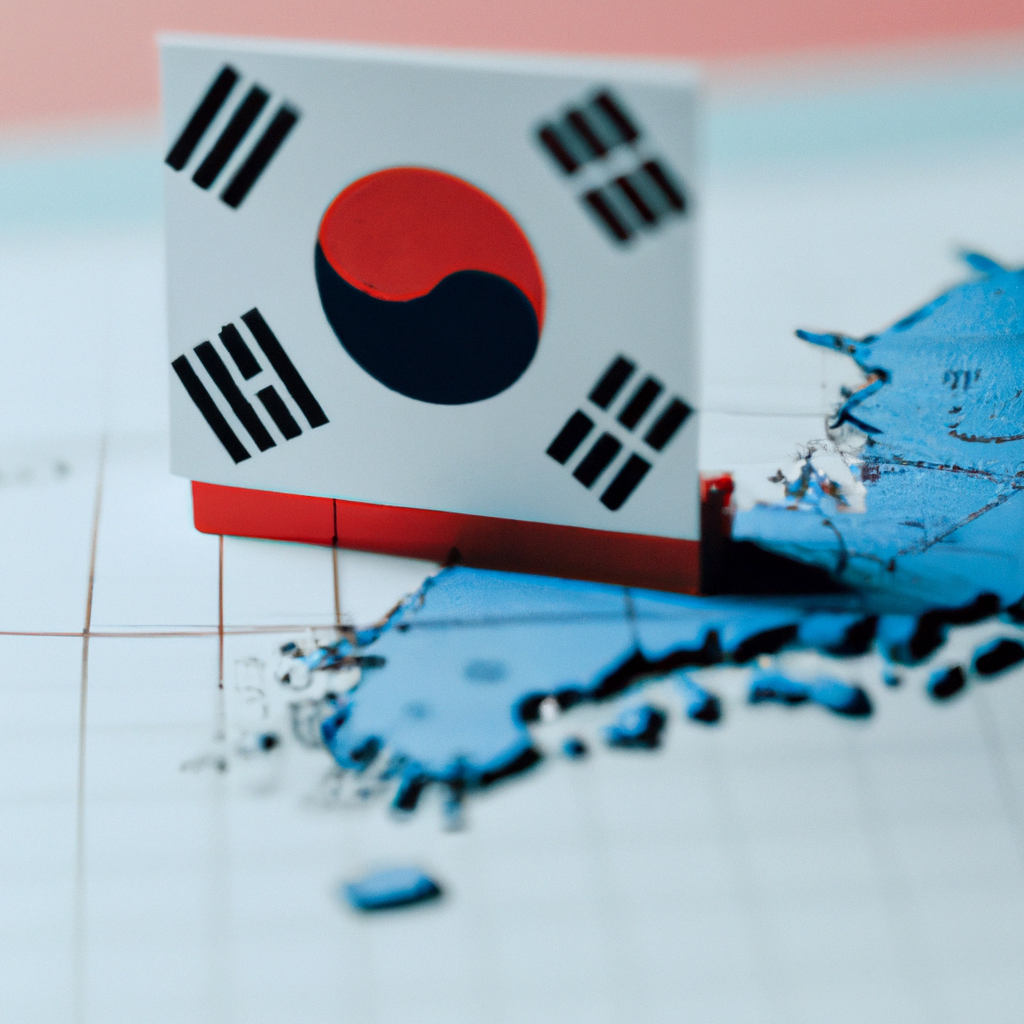Can I visit traditional Korean textile villages?
Post ByAdequate Travel
Summary
Are you interested in experiencing traditional Korean culture and textile art? Then you'll be pleased to learn that you can visit a number of traditional Korean textile villages that offer a unique insight into the history and practices of these craftspeople. Read on to discover more about these village visits and what you can expect to find! As you prepare for your journey, familiarize yourself with the specific entry requirements, including any necessary visas or documentation.Can I visit traditional Korean textile villages?
Yes, you can visit traditional Korean textile villages and here are some examples:
Gyeongju Seongdong Traditional Market
Gyeongju Seongdong Traditional Market is located in Gyeongju, South Korea, and is considered one of the best places to experience traditional Korean textiles. The market features numerous stalls and shops selling various traditional textiles, including hanbok (Korean traditional clothing) and traditional silk fabrics. Visitors can explore the market, interact with local artisans, and even participate in textile workshops to learn about the techniques and history of Korean textiles.
Baum Textile Museum
The Baum Textile Museum, situated in Seoul, is another excellent destination for learning about traditional Korean textiles. The museum showcases a wide range of Korean textiles, including traditional costumes, fabrics, and folk arts. Visitors can explore the exhibits, observe textile demonstrations, and gain insights into the intricate process of textile production. The museum also offers workshops and classes for those interested in hands-on experiences with traditional textile techniques.
Jeonju Hanji Culture Festival
If you are interested in traditional Korean paper textiles, the Jeonju Hanji Culture Festival in Jeonju is a fantastic event to attend. The festival celebrates Hanji, a traditional Korean paper made from the bark of mulberry trees. Visitors can witness the entire process of Hanji production, including the cultivation of mulberry trees, harvesting the bark, and transforming it into beautiful paper. Additionally, the festival features various exhibitions, performances, and workshops that delve into the history and cultural significance of Hanji in Korean society.
Andong Hahoe Folk Village
While not exclusively focused on textiles, the Andong Hahoe Folk Village is an intriguing destination where you can experience traditional Korean rural life and witness the craftsmanship involved in traditional textile production. Located in Andong, the village offers visitors a glimpse into ancient Korean traditions and customs. You can explore the traditional houses, interact with locals skilled in textile techniques, and observe demonstrations of traditional weaving and dyeing.
These are just a few examples of places where you can visit traditional Korean textile villages. There are numerous other locations throughout South Korea that provide opportunities to learn about and experience the rich heritage of Korean textiles.Before embarking on your journey to south-korea, make sure to check the latest travel guidelines and entry requirements to ensure a smooth trip






